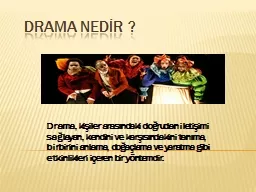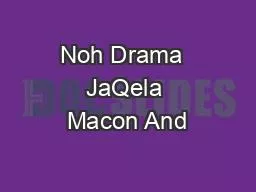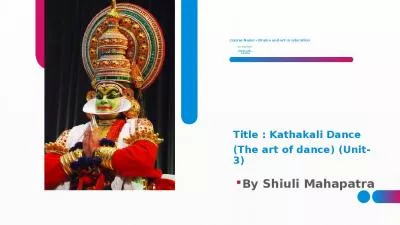PPT-Learning Through Song, Drama, Play, and Art
Author : giovanna-bartolotta | Published Date : 2017-08-18
Katie Bain Objective Teachers will learn research on using song drama play and art effectively in the classroom Teachers will see how
Presentation Embed Code
Download Presentation
Download Presentation The PPT/PDF document "Learning Through Song, Drama, Play, and ..." is the property of its rightful owner. Permission is granted to download and print the materials on this website for personal, non-commercial use only, and to display it on your personal computer provided you do not modify the materials and that you retain all copyright notices contained in the materials. By downloading content from our website, you accept the terms of this agreement.
Learning Through Song, Drama, Play, and Art: Transcript
Download Rules Of Document
"Learning Through Song, Drama, Play, and Art"The content belongs to its owner. You may download and print it for personal use, without modification, and keep all copyright notices. By downloading, you agree to these terms.
Related Documents

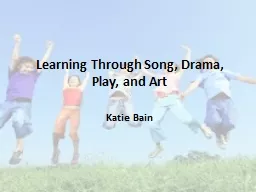

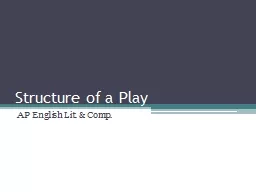
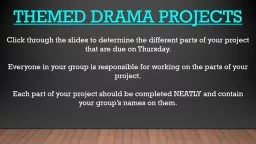
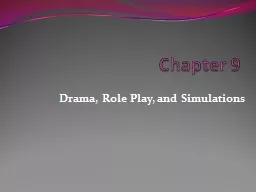
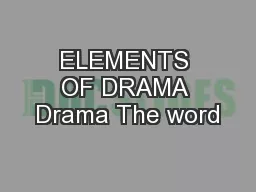
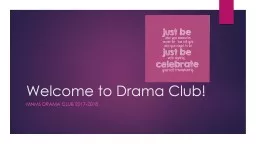
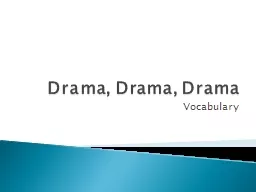
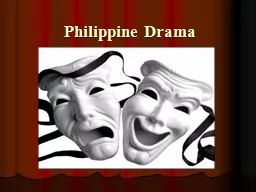
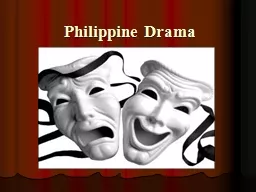
![“DRAMA” Types of Drama Tragedy: [solemn, personal, religious & Social Issues]](https://thumbs.docslides.com/762817/drama-types-of-drama-tragedy-solemn-personal-religious-amp-social-issues.jpg)
